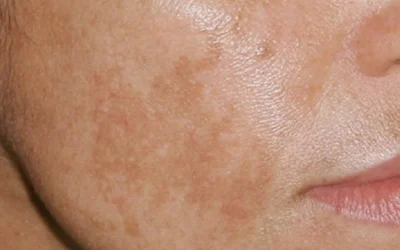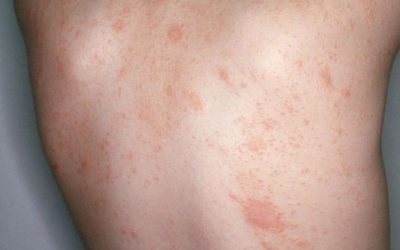Lichen planus
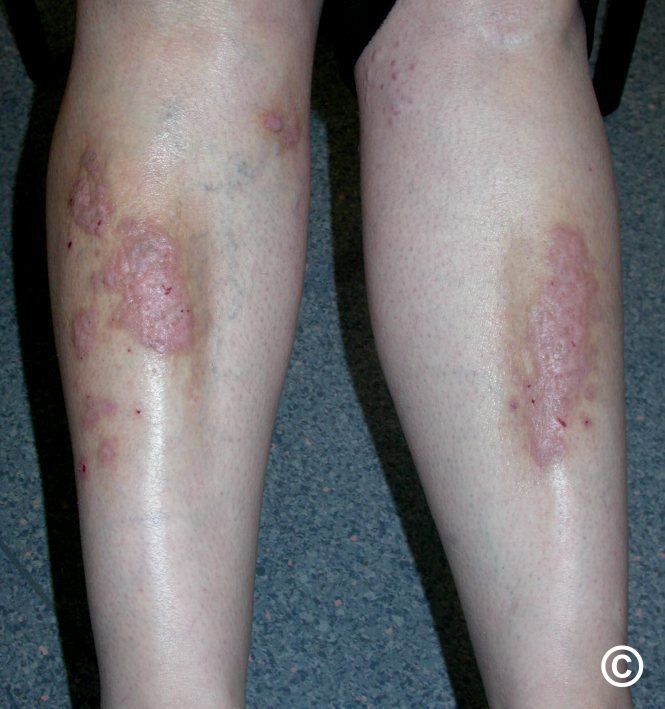
Lichen planus (neurodermatitis) –it is a chronic, itchy skin disease manifested by well-defined, erythematous (red) spots, scales in mechanically damaged areas. Rashes can be single or multiple, the intensity of erythema (redness) varies.
Who gets lichen planus?
The exact prevalence of lichen planus is unknown, race does not affect it, and it occurs more often in women than men (2:1 ratio) between the ages of 30 and 50. It has been observed that it occurs more often in patients who have primary itchy skin diseases (especially atopic eczema), systemic diseases characterized by intense itching, and disorders related to the psychological state.
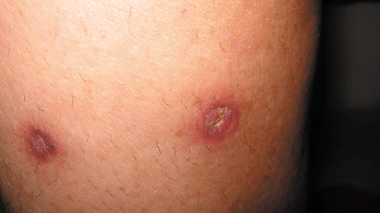

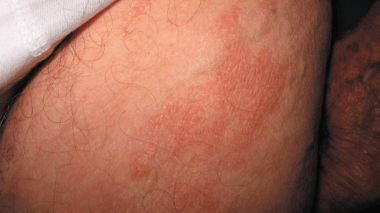
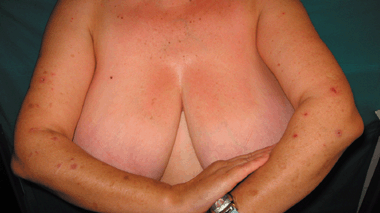
Clinical signs:
Spots or plaques are observed on the skin, roughness of the skin is felt to the touch, hardening, which occurs as a result of constant mechanical damage to the skin area during scratching. Other clinical signs may include:
- hyper- or hypopigmentation (local darkening or lightening of skin color at the site of the lesion);
- skin peeling, thickening;
- hair thinning or alopecia (loss of hair at the site of the lesion);
- Skin lesions are most often observed in areas of the body that are easily accessible by hand:
- neck, scalp;
- genitals;
- wrists and forearms;
- ankles, lateral surfaces of calves and thighs.
Diagnosis:
The diagnosis is usually based on the clinical picture and anamnesis. In the case of an unclear diagnosis, additional tests may be performed:
- skin biopsy;
- skin patch test for suspected contact dermatitis;
- skin culture due to fungus;
- blood tests are performed on suspicion of organ dysfunction, the activity of which may be related to skin itching.
Treatment:
The treatment of lichen planus is complex, it is very important to understand that the continuous cycle of itching and scratching causes mechanical damage to the skin, and if it is prolonged, it causes irreversible damage to the skin. The aim of the treatment is to protect the areas of rashes with physical barriers (e.g.: bandages) preventing mechanical damage, to cut the nails short to minimize damage to the skin surface. It is important to use emollients to improve the condition of the skin, emollients that provide intensive hydration and reduce itching are suitable for this disease (eg: derma forte anti itch cream to reduce itching). Avoid factors that provoke itching. In case of psychological problems, consult specialists for disease management. If necessary, pharmacological treatment is prescribed, in case of pronounced itching – antihistamines, local corticosteroids with occlusion, calcineurin inhibitors, etc. Procedures such as transcutaneous electrical nerve stimulation, acupuncture, surgical treatment, phototherapy are more commonly used.
If you do not know which method of treatment is the most suitable for you, consult a dermatovenerologist.
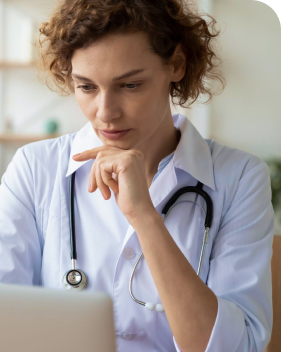
1. Lotti T, Buggiani G, Prignano F. Prurigo nodularis and lichen simplex chronicus. Dermatol Ther. 2008 Jan-Feb;21(1):42-6. doi: 10.1111/j.1529-8019.2008.00168.x. PMID: 18318884.
2. Wei G, Rodriguez-Waitkus P, Soylu L. A rare case of lichen simplex chronicus in an adolescent female successfully managed with Crisaborole. Dermatol Ther. 2021 Mar;34(2):e14752. doi: 10.1111/dth.14752. Epub 2021 Jan 12. PMID: 33406311.
3. Charifa A, Badri T, Harris BW. Lichen Simplex Chronicus. In: StatPearls. Treasure Island (FL): StatPearls Publishing; August 11, 2021.
4. Juarez MC, Kwatra SG. A systematic review of evidence based treatments for lichen simplex chronicus. J Dermatolog Treat. 2021;32(7):684–92. doi:10.1080/09546634.2019.1708856.
5. Liao YH, Lin CC, Tsai PP, Shen WC, Sung FC, Kao CH. Increased risk of lichen simplex chronicus in people with anxiety disorder: a nationwide population-based retrospective cohort study. Br J Dermatol. 2014;170(4):890–4. doi:10.1111/bjd.12811.
Vitiligo – Why Do White Patches Appear on the Skin and How to Treat Them?
Vitiligo is a non-contagious skin condition characterized by white patches due to the loss of pigment. While it does not pose a direct threat to physical health, it can have a significant psychological impact. Learn what causes vitiligo, its symptoms, how it is diagnosed, and which treatment methods are currently available.
Hyperpigmentation: Causes, Types, and Modern Treatment Options
Hyperpigmentation is a common skin condition characterized by dark spots that appear due to sun exposure, hormonal changes, or skin damage. In this article, you will learn about the main types and causes of hyperpigmentation, as well as how to effectively treat it using modern dermatological methods and preventive care.
Pityriasis rosea
An acute, self-limiting, exanthematic skin disease that manifests as itchy, somewhat inflammatory, scaly rashes, usually on the torso, chest, and upper limbs.
iDerma
MB iDerma
Fabijoniškių g. 99, Vilnius
+370 670 70822
info@iderma.lt


